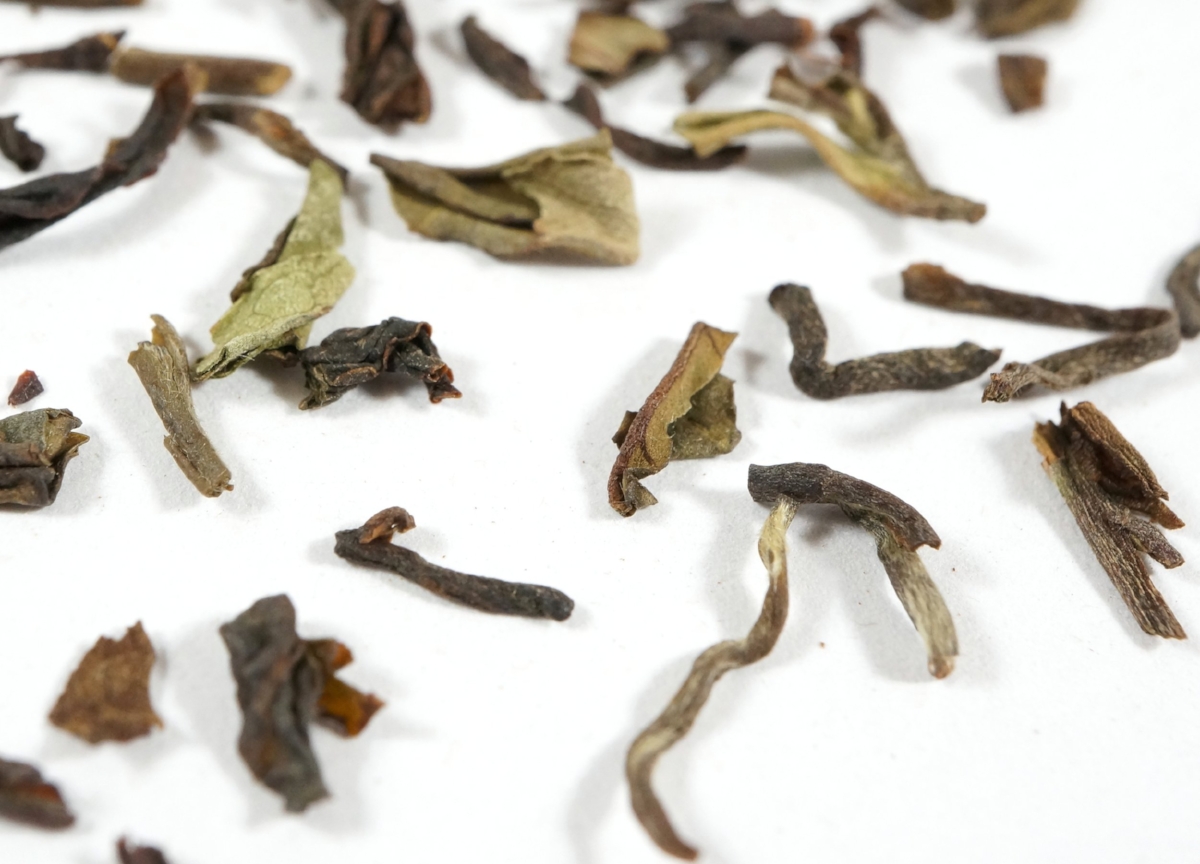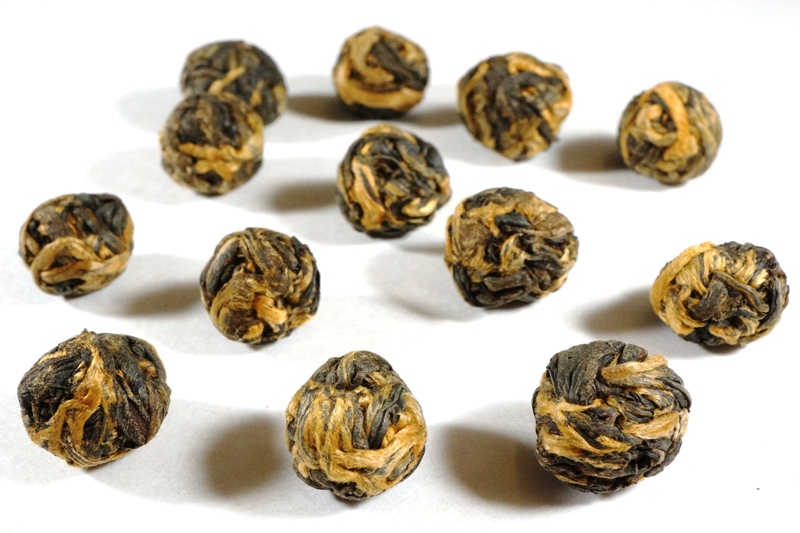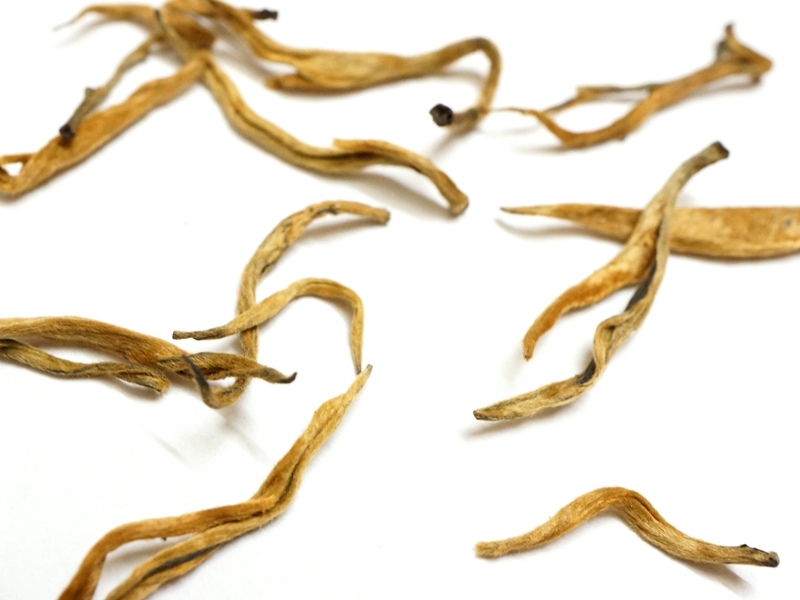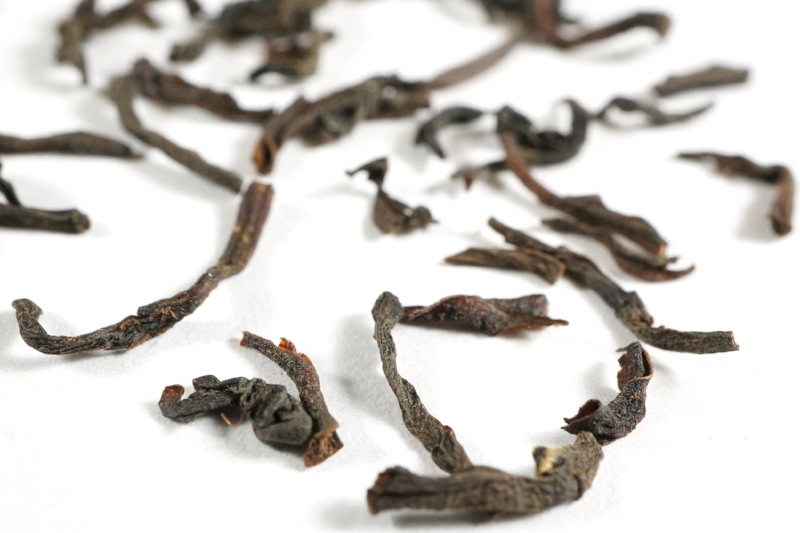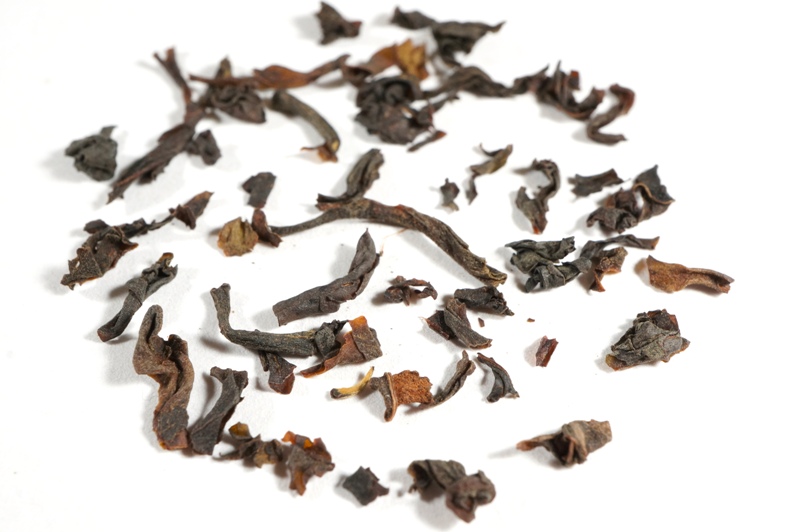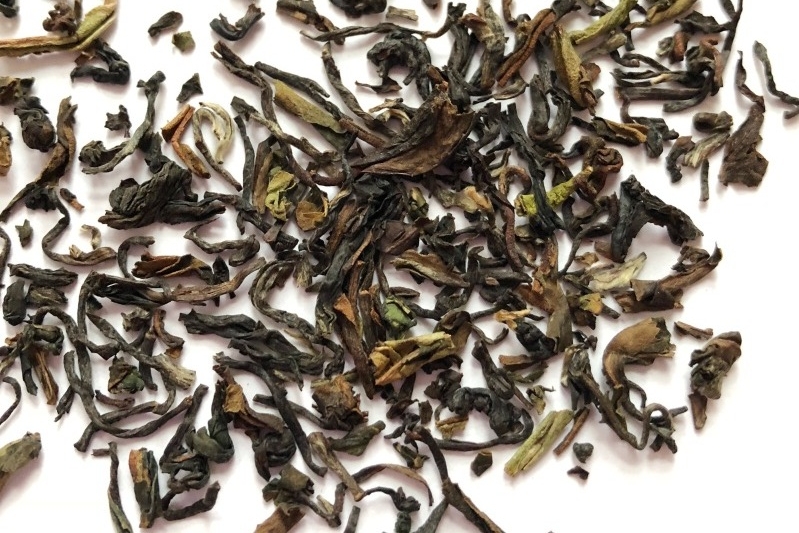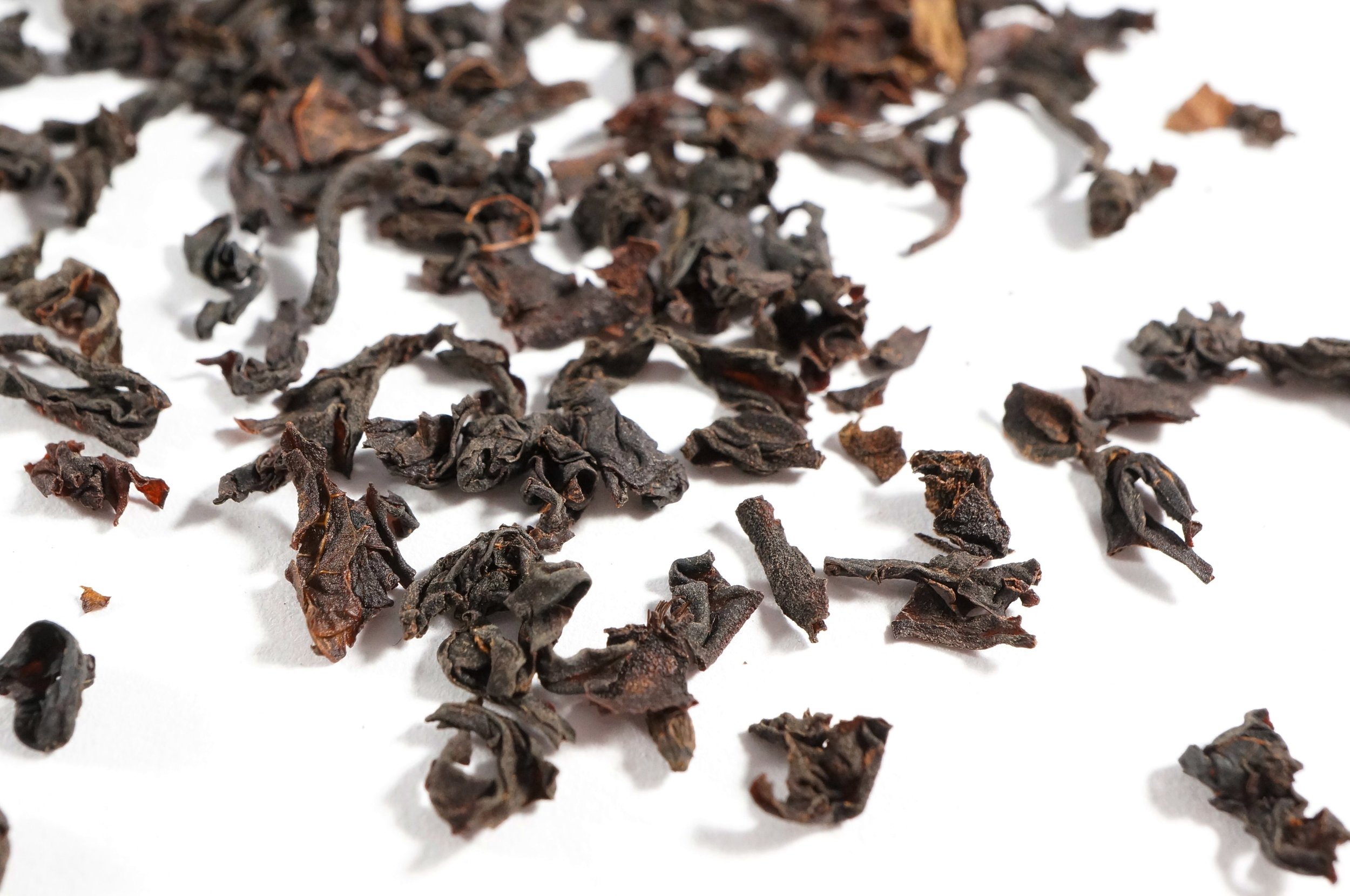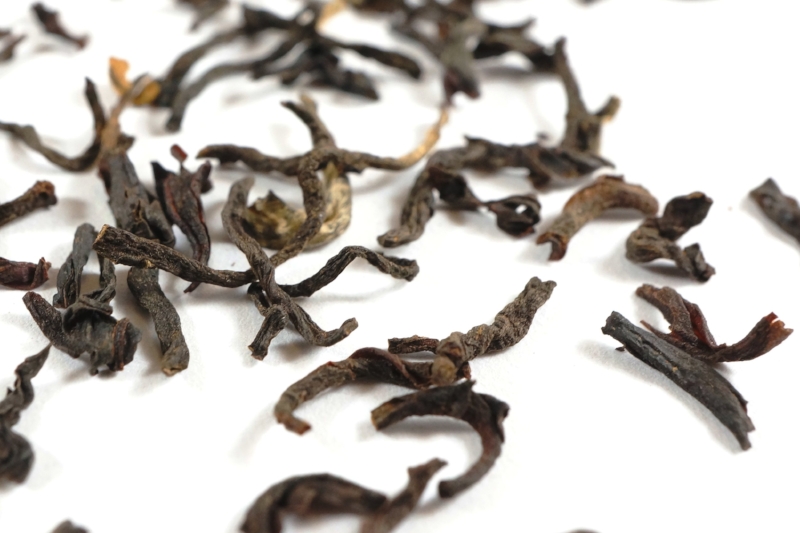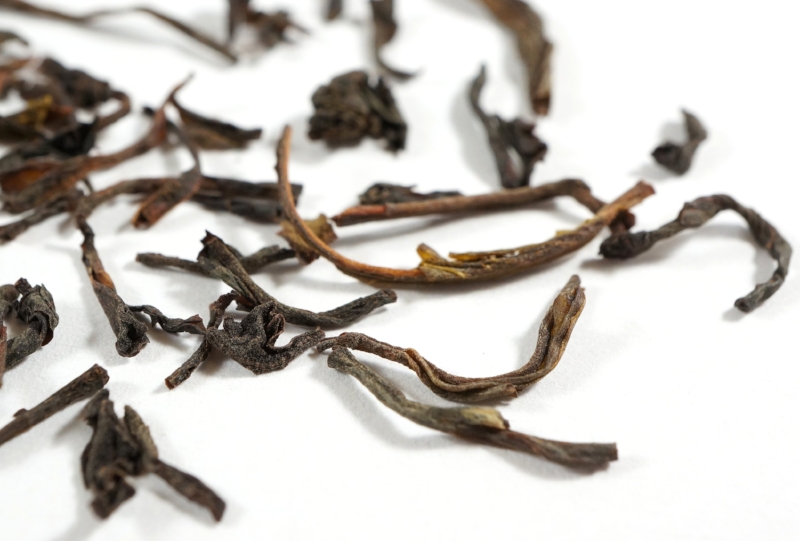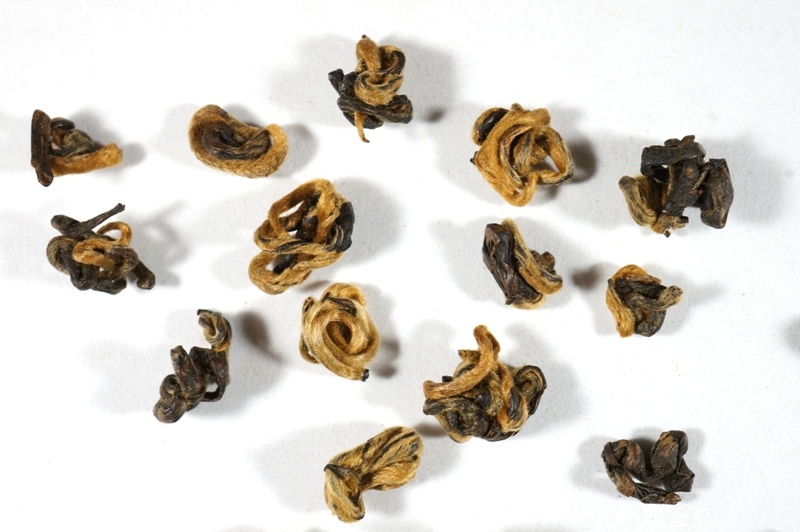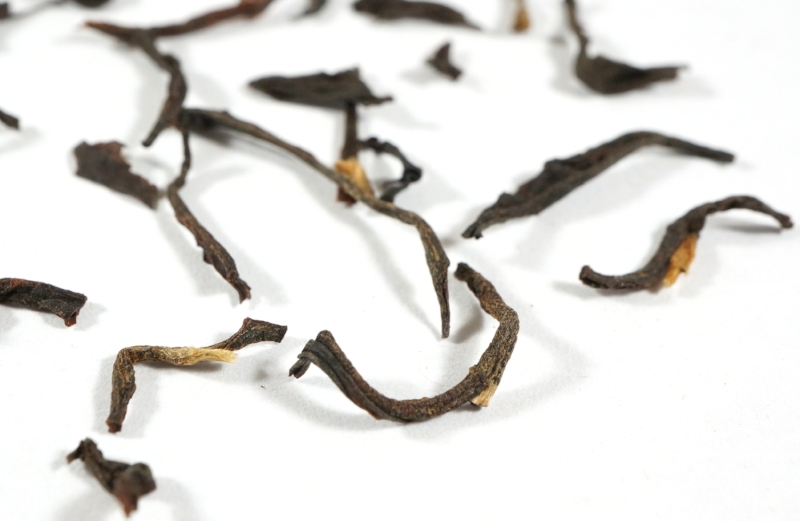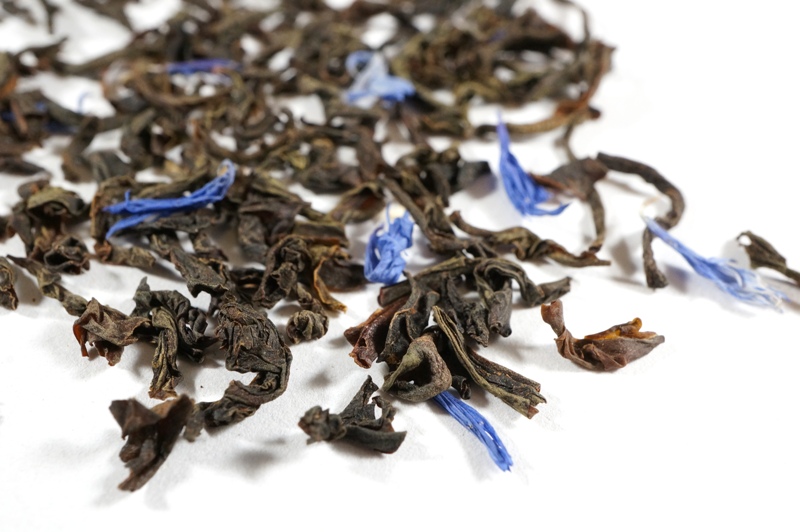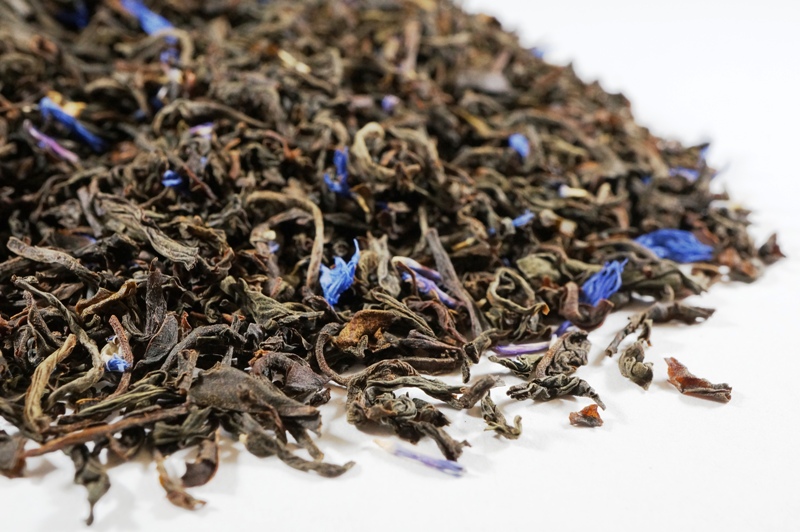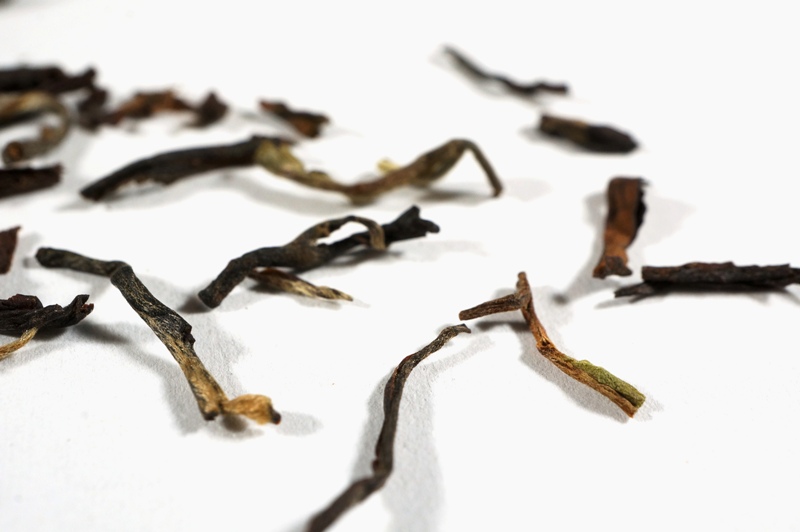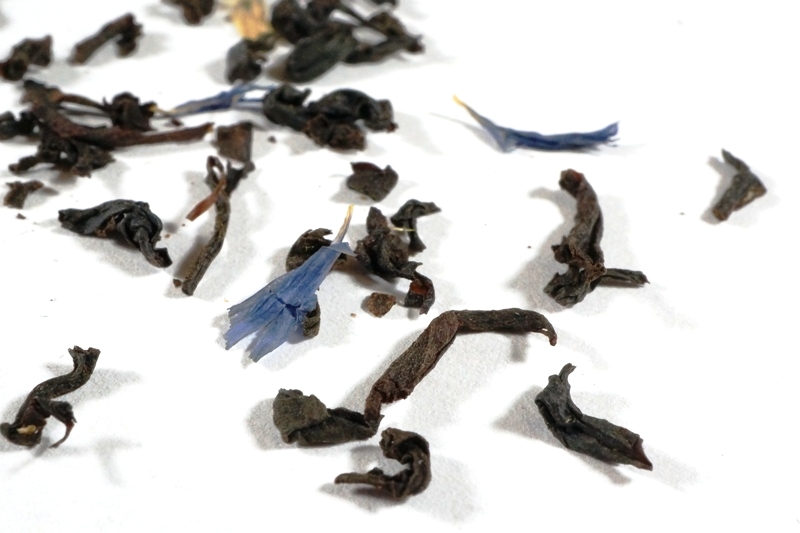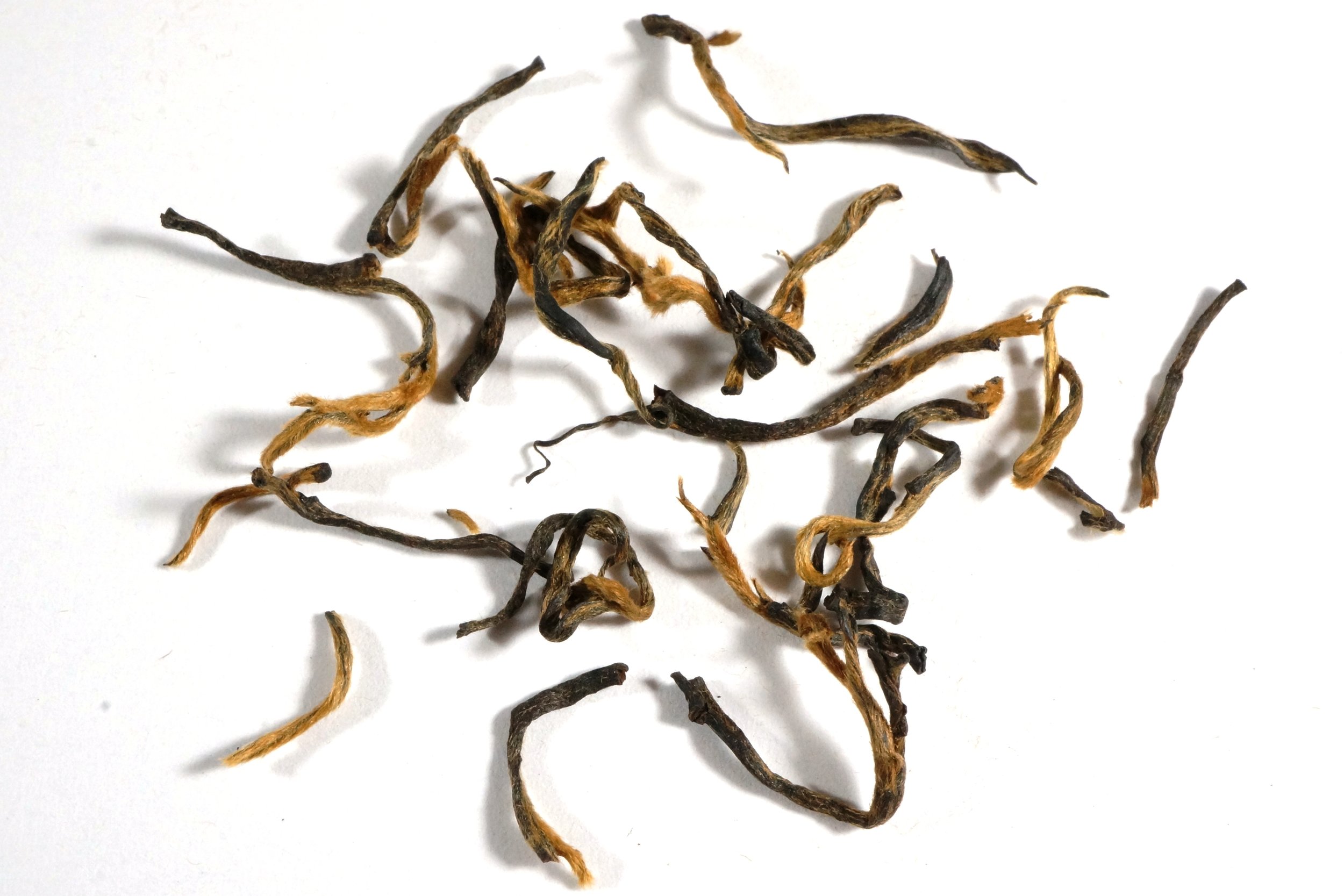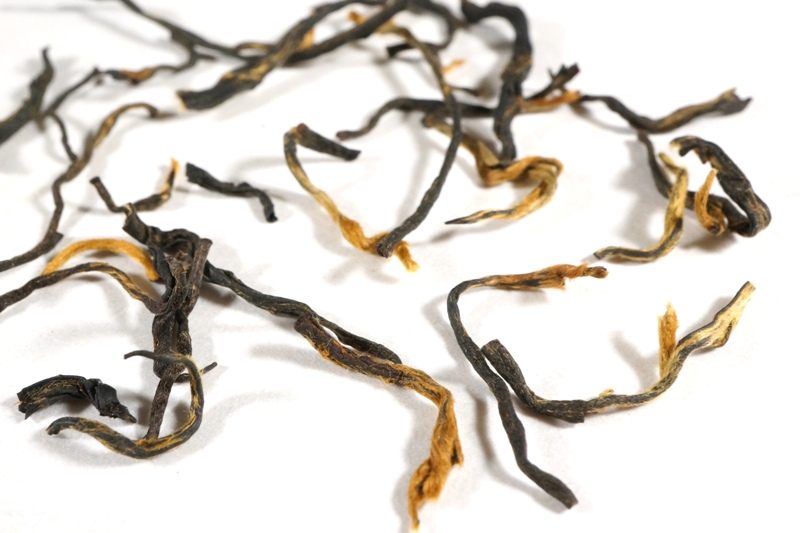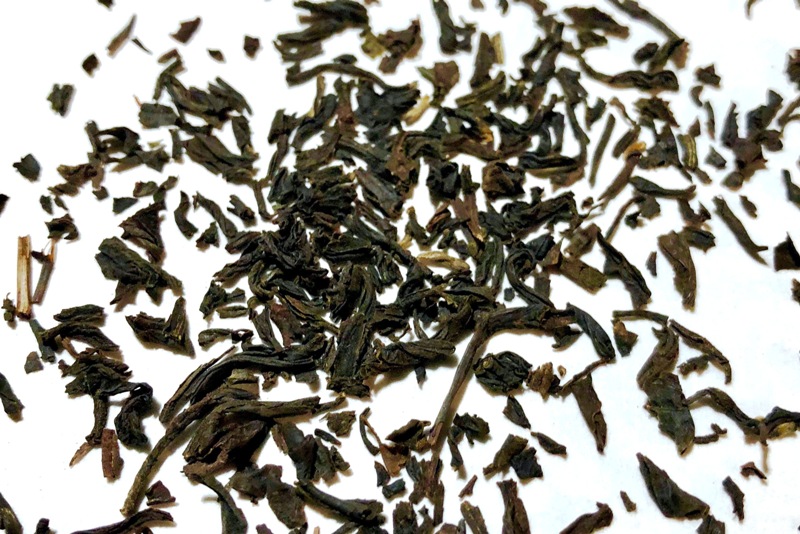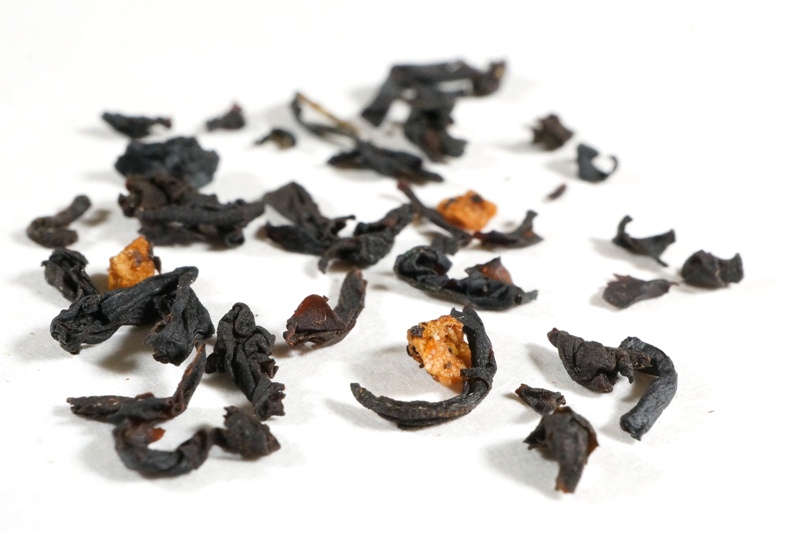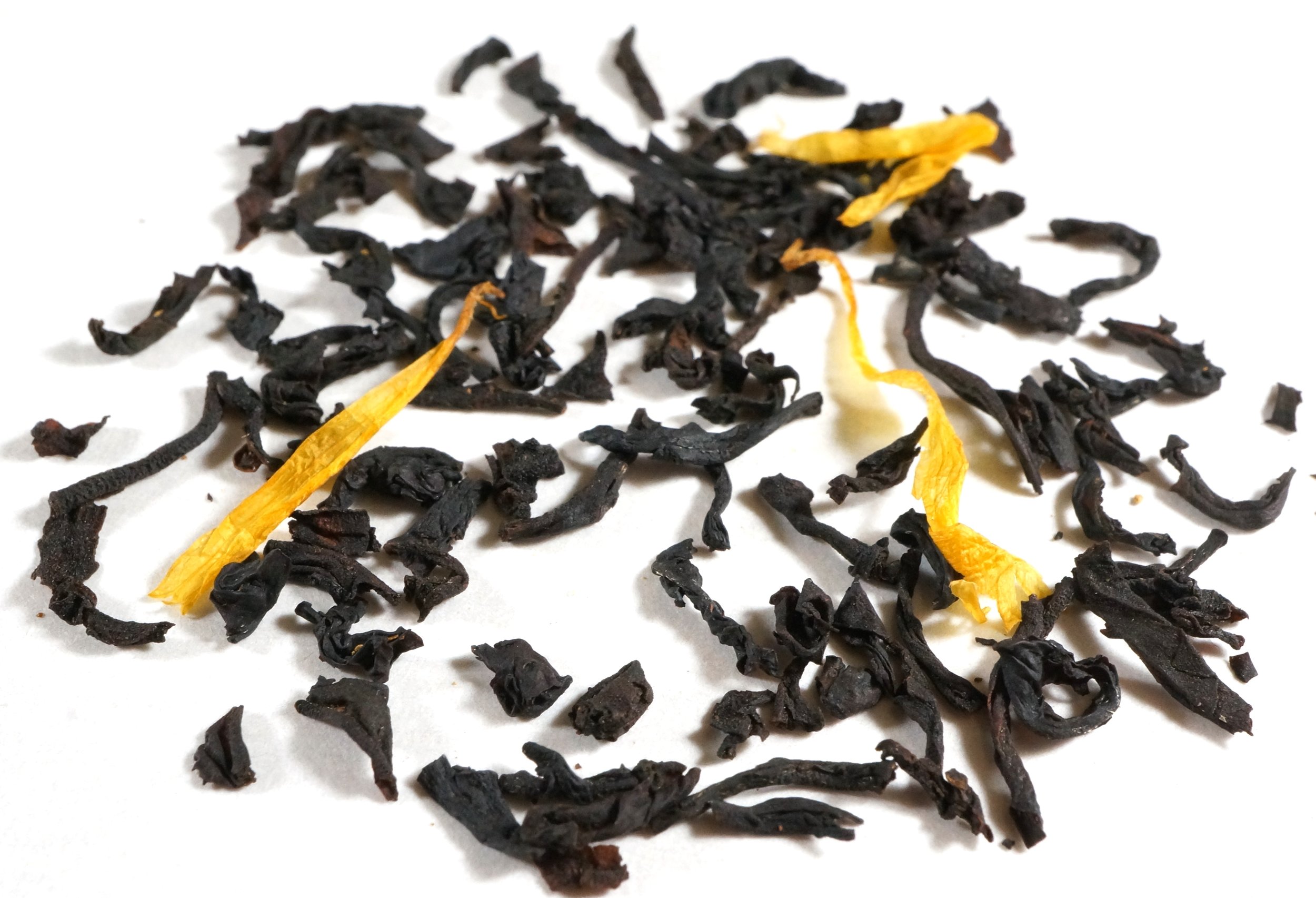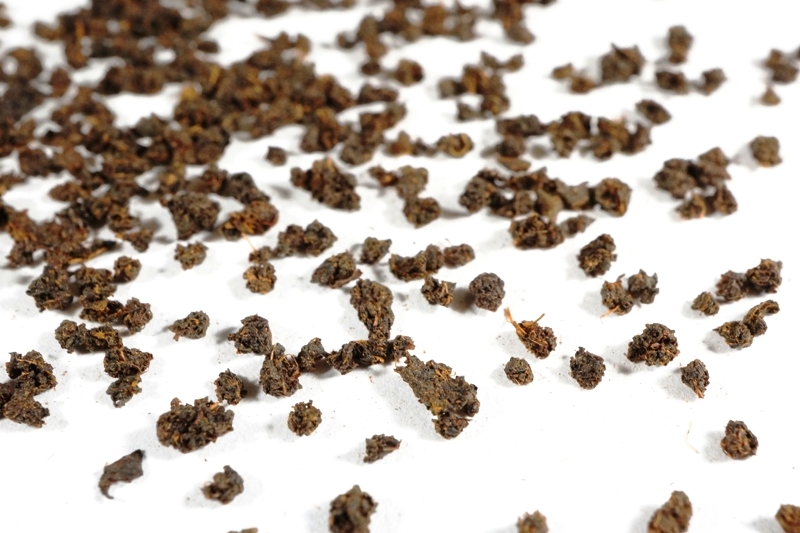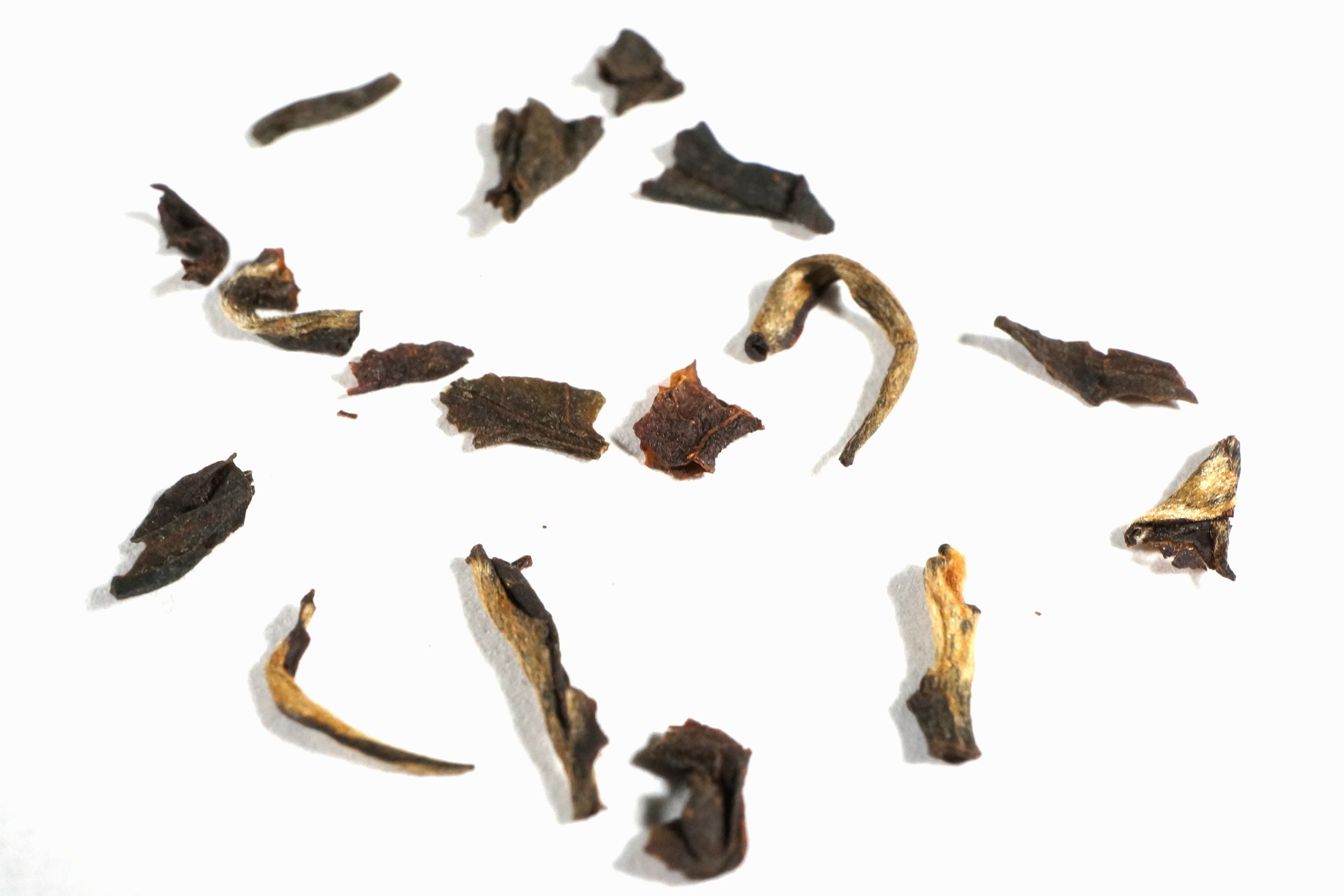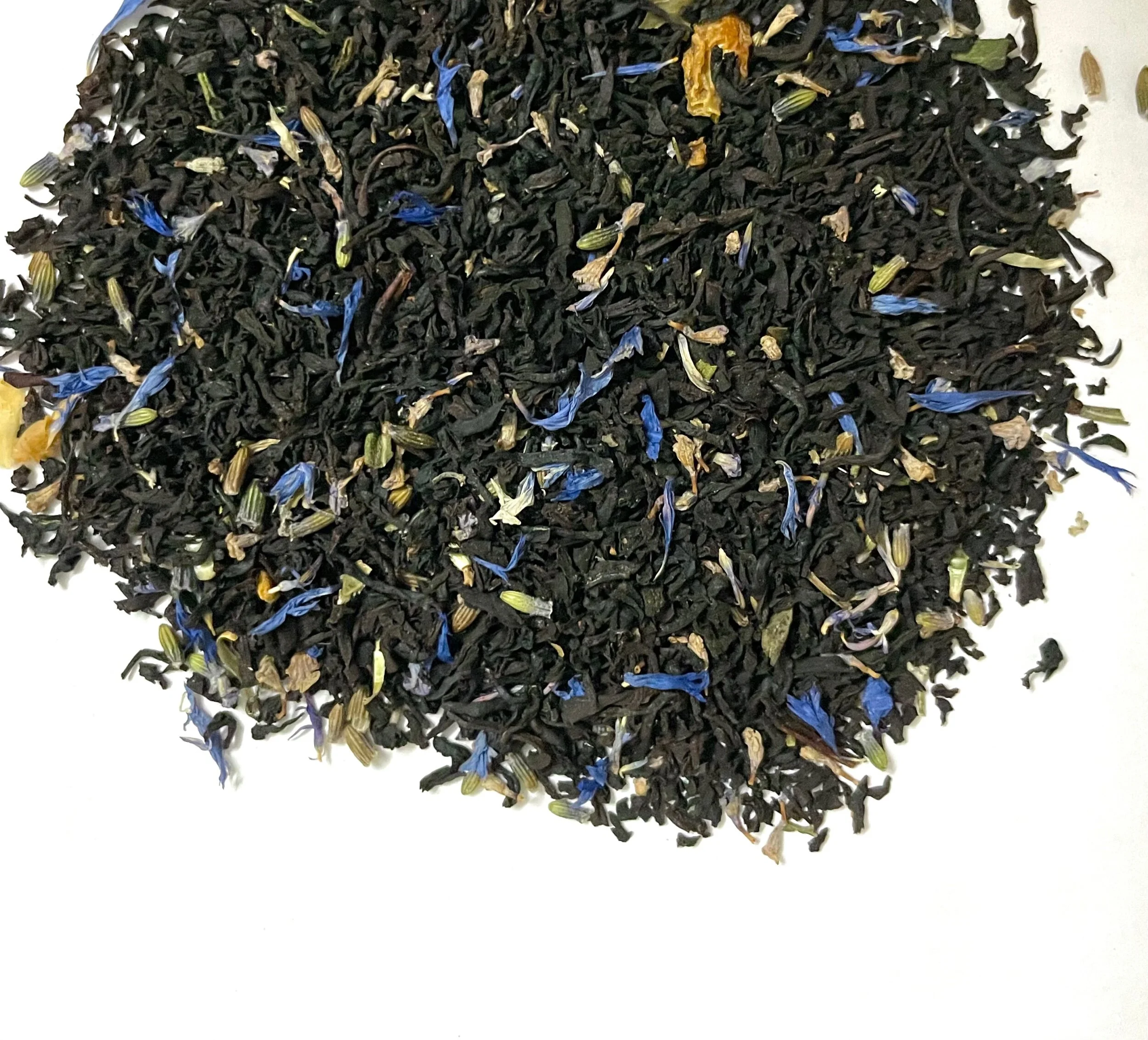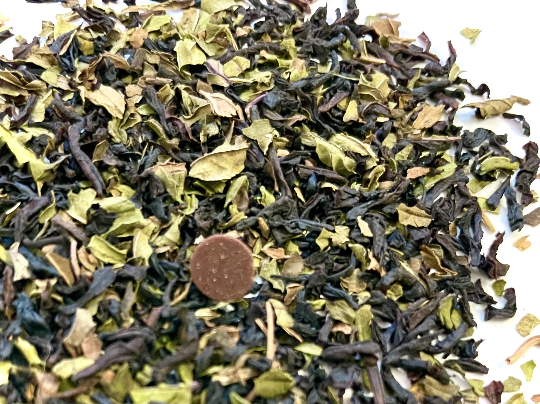Ever wonder how to make a tea espresso drink using an espresso machine? If you love espresso coffee drinks chances are you will also enjoy a cup of tea espresso drink.
The process of making an espresso from tea is pretty straightforward and almost identical to making coffee espresso. However, there are a few keys to a delicious cup of tea espresso drink. Let's go through them in this article.
Pictured above is a tea cappuccino made using our Malawi Chisunga.
Type of tea to make espresso
Black tea is most suitable for espresso making. Black tea is a fully oxidized tea which means it has a fuller and more robust taste. Black tea also takes high temperature and pressure well. This is very important because we want to extract the flavor and at the same time preserve the taste of the tea. Black tea is the ideal candidate due to its oxidation level. Other types such as green and white teas are more delicate and just slightly oxidized. They just can’t tolerate high temperatures and pressure.
Malawi Chisunga CTC Tea Grounds after brewing.
We highly recommend using CTC black tea
CTC stands for “crush, tear, curl”. CTC is a tea making process. In this process, tea leaves are processed and broken down to astandard size through the use of machinery. CTC teas are perfect for espresso making because they are broken down into very small pallets. Flavor can be extracted more easily from CTC tea leaves because of their shape and size.
CTC tea in the porta-filter.
Don’t overfill the porta-filter
Fill and tamp the porta-filter as how you normally would with your coffee. If the brew is too strong and you are enjoying it with no milk, you can dilute it with hot water. When making cappuccino and latte, we recommend experimenting with different amounts of milk/foam to get the right ratio.
Tea espresso dripping out into the cups.
Now let’s turn on the machine and make some tea espresso!
Enjoy!









